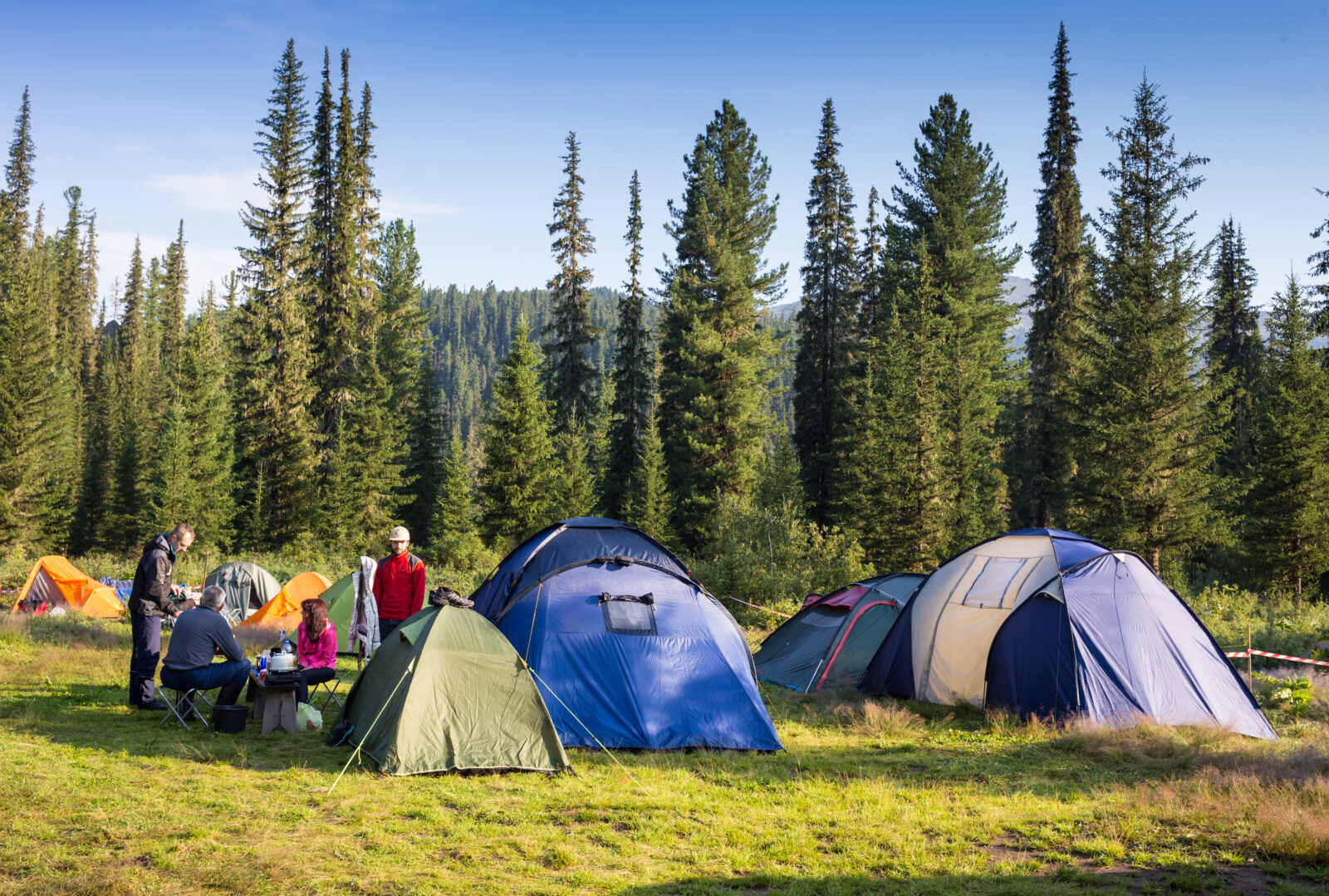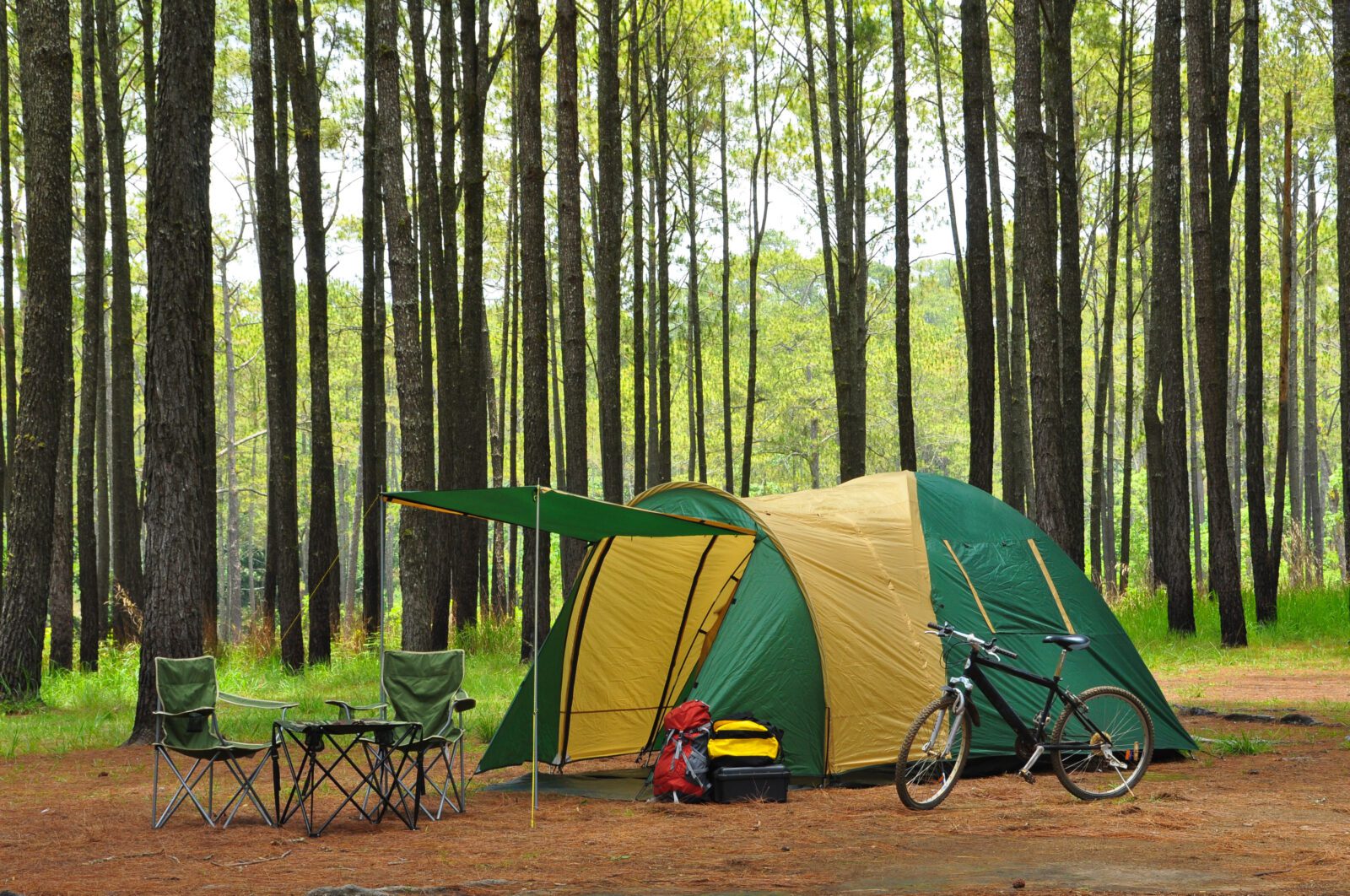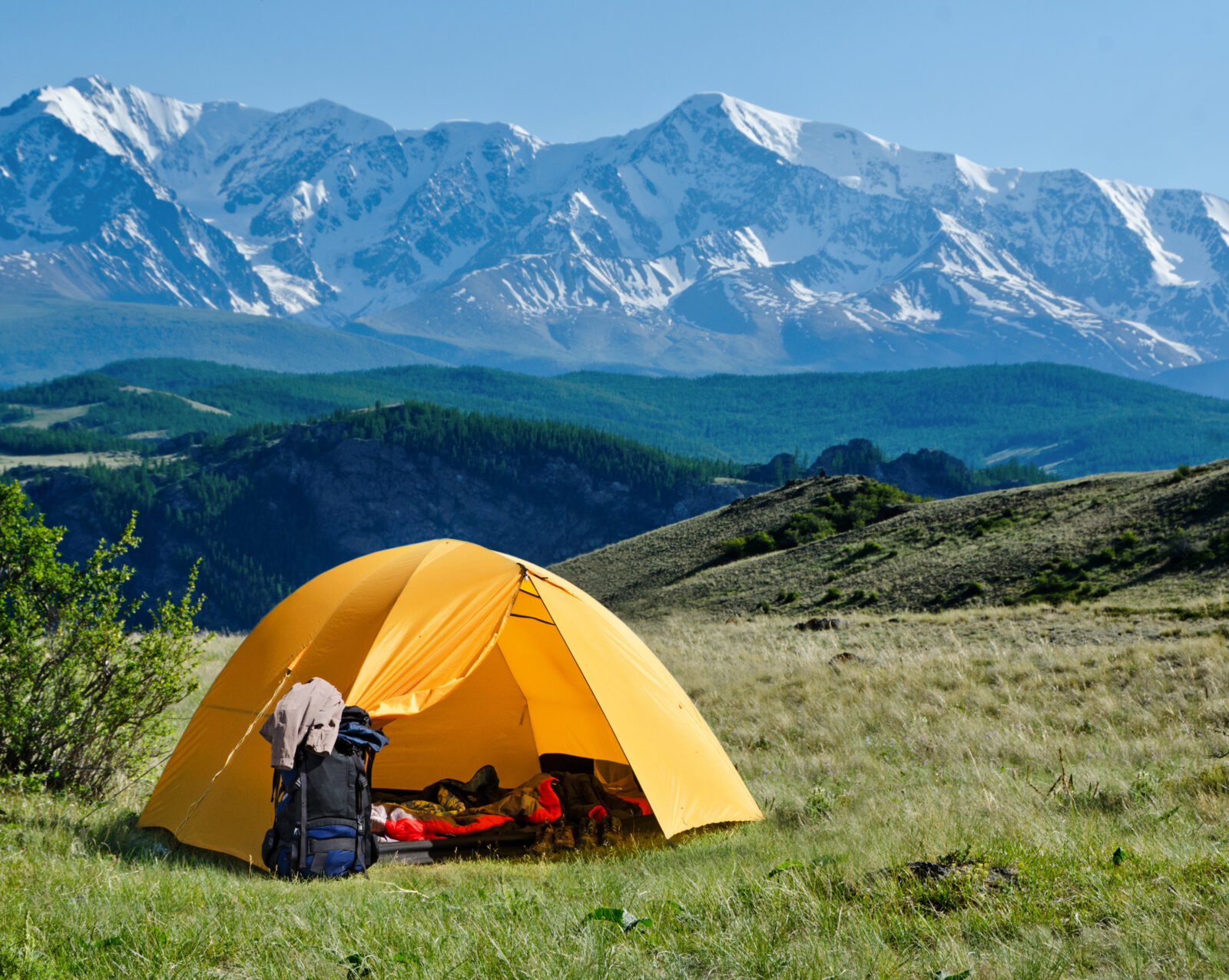A tent that’s full of mold isn’t just gross – it’s a health hazard.
But, do you know how to clean a tent with mold so that it’s squeaky clean?
If not, we’re here to help. In this article, we’ll walk you through the basics of cleaning a camping tent with mold. We’ll discuss what causes mold in tents, how to get rid of it, and how to prevent mildew from finding its way back into your gear so that you can enjoy all your upcoming adventures.
Let’s get started.
Page Contents
What causes mold in tents?
If you’ve ever found mold or mildew growing in your tent, you might be wondering how it got there in the first place.
The answer? Well, there are a few different reasons why you might find mold growing in your Coleman tent. These include :
- Not allowing your tent to dry completely. Mold and mildew require moisture to grow, so neglecting to fully dry out your 4 person tent after your rainy hike on the Appalachian Trail can spell trouble. As a result, you should always allow your tent to completely dry out before placing it in storage.
- Storing a tent in a damp environment. Even if you do manage to fully dry your shelter before placing it in storage, keeping your glamping tent in a damp environment can reverse all your hard work. In fact, high humidity in your tent storage location could cause mold to grow incredibly fast.
- Keeping a tent stored in an airtight container. While mold does require some oxygen to grow, most molds can get by with just a sliver of air. In fact, if you’ve ever opened up an old food container that sat in your fridge for a few weeks longer than it should’ve, you’ll know all too well that mold thrives in airtight containers. Therefore, it’s best to avoid keeping tents in airtight containers, like large plastic bins, especially if you can keep them in their original storage bag, instead.
What is needed to clean the mold?
If you have mold in your tent, it’s time to get rid of it so you can get back out on your adventures. To do so, you’ll need the following items :
- Bathtub or large containers (e.g., buckets)
- Mild, unscented, non-bleach dish soap
- Sponges
- Water
- Specialized mold remover for tents
Step by step instructions to remove mold from tent
Once you have all of the required items, you’re ready to remove the mold that’s growing on your tent.
Since every tent is different, we highly recommend contacting your tent manufacturer directly for more specific guidance if you have a serious mold issue with your shelter. That’s because, as you can imagine, Kelty would be the best source of advice for Kelty tents while no one knows more about ALPS Mountaineering tents than the company itself.
If you have just a small amount of mold growing in your tent, however, we’ve put together some general guidelines for you to follow. That way, you can get your 6 person tent back in good working condition before your next camping trip to Yellowstone.
Here’s what you need to do :
1. Wash your tent thoroughly
If you haven’t already, take the time to do a general wash of your tent before you start dealing with any mold. This process shouldn’t take you more than a few minutes, but you should use the sponge, mild dish soap, and some water to remove any dirty areas.
Then, rinse off your tent with some water so that it’s ready for the next step of the process.
2. Prepare your specialized mold remover
There are a number of different companies out there that sell mold removers that you can use to rid your precious tent and other important gear, like your rain jacket, of mold and mildew.
As a general rule, you should always follow the manufacturer’s directions when using specialized mold removers. However, you’ll likely find that they recommend filling up a bathtub or bucket with warm water and mixing in some mold remover to prepare the solution for your tent.
3. Soak your tent
Once the mold remover is ready to go, you can place your tent in your bathtub or bucket and let it soak in the solution. The mold remover’s manufacturer will have more specific instructions for how long you should let your tent soak.
Be sure to promptly remove your tent from the mold remover solution according to the manufacturer’s instructions. That’s because leaving a tent in the solution for too long can cause the chemicals to break down your tent’s natural waterproof coating – not good.
4. Rinse your tent with water
As soon as it’s time to remove your tent from the solution, you can go ahead and rinse it off with cool water until all of the soap and mold remover solution is gone.
Do take care when doing this as you don’t want to scrub the underside of the tent fly. Doing so can actually damage the tent’s waterproof coating, which is less than ideal.
5. Allow your tent to completely dry
The final step of this process is to hang up your tent so that it can dry. Letting your tent dry out completely is essential if you want to prevent mold growth in the future, so be sure that your shelter is as dry as can be before packing it up for your next Acadia National Park adventure.
How to prevent mold in the future?
If you’ve managed to successfully remove the mold from your tent, congrats! You now have a fully functioning shelter for camping trips to beautiful places like Zion National Park.
However, removing stubborn mold and mildew is just one part of the process. You’ll also want to take steps to prevent mold growth in your tent in the future.
Here’s how to stop mildew from taking up residence in your tent while in storage :
- Always dry your tent. We really can’t say this enough. You need to dry out your tent completely after each trip if you want to keep mold at bay. Even a small amount of moisture can be a breeding ground for all sorts of exotic mold species, so ensure that your tent is as dry as can be before tossing it in its stuff sack.
- Store your tent in a cool, dry place. Once your tent is dry and tucked away in its stuff sack, it’s imperative that you store it in a cool, dry place. Mold loves warm, damp, and humid environments, so keeping your tent somewhere cool and dry will help stop mildew in its tracks.
- Wash your tent regularly. If you’re serious about mold prevention, it’s also worth washing your tent with soap and water on a regular basis. Occasional soaks in an odor-neutralizing solution can also kill off any dormant mold spores on your tent that are just waiting for their chance to proliferate into a full-blown mildew infestation.
Gaby Pilson
Gaby is a professional mountain guide with a master’s degree in outdoor education. She works primarily in the polar regions as an expedition guide, though she can be found hiking, climbing, skiing, sailing, or paddling in some of the world’s most amazing places when not at work.


